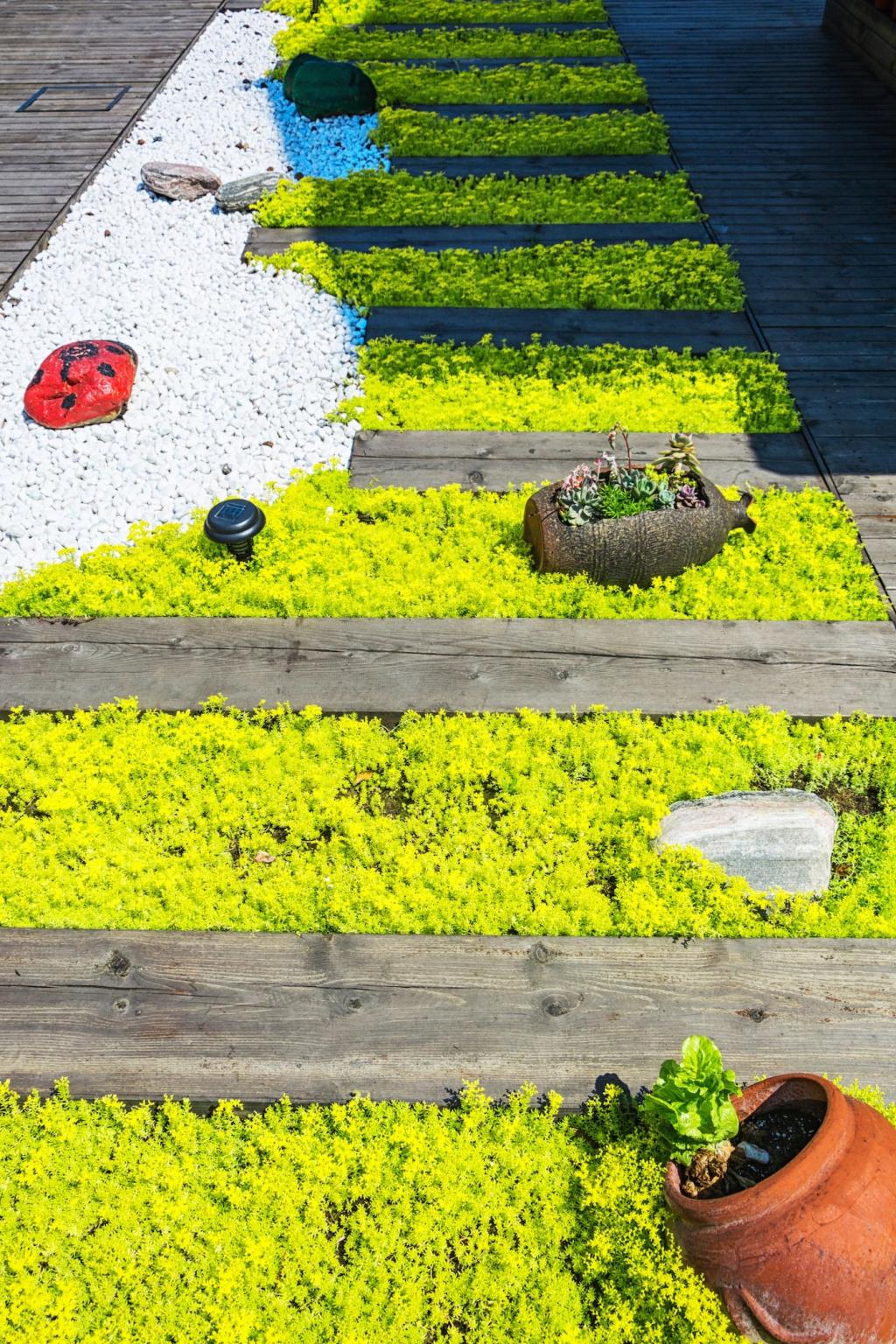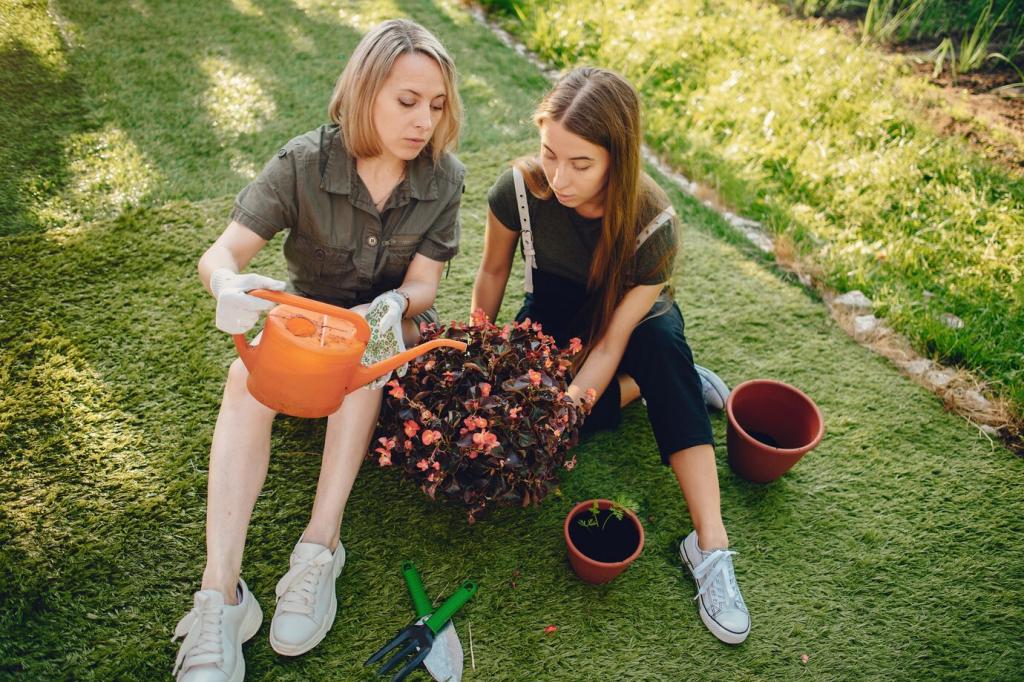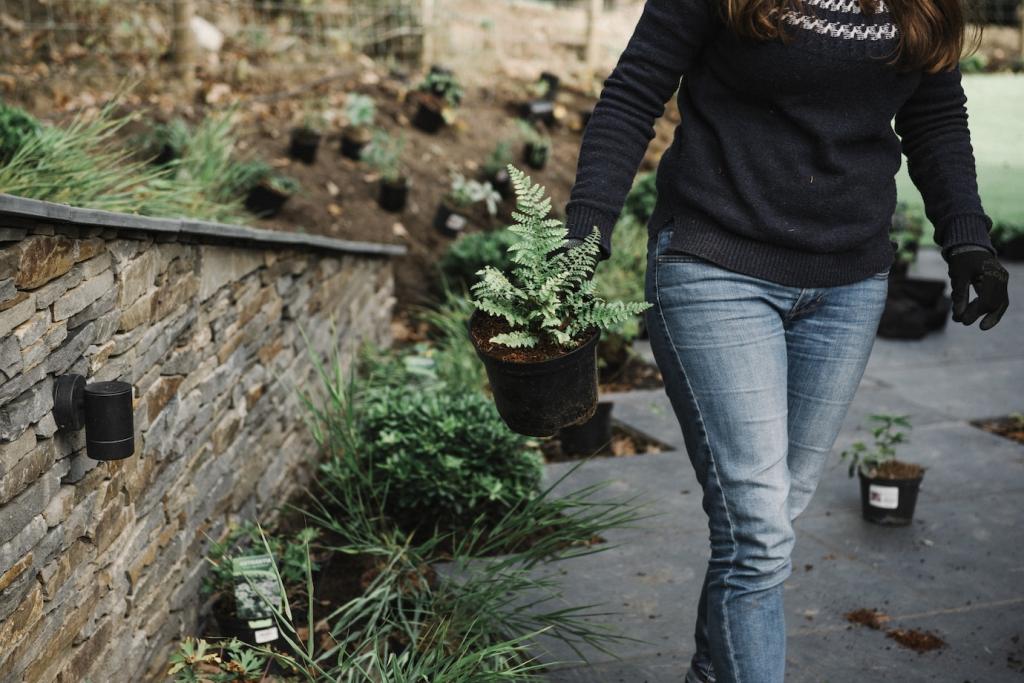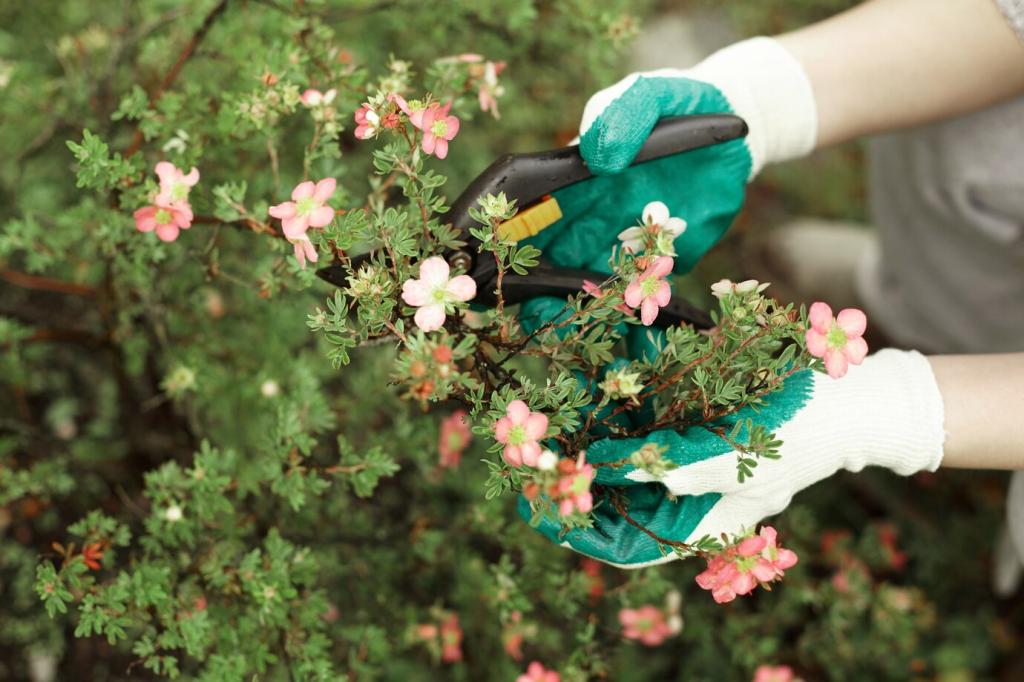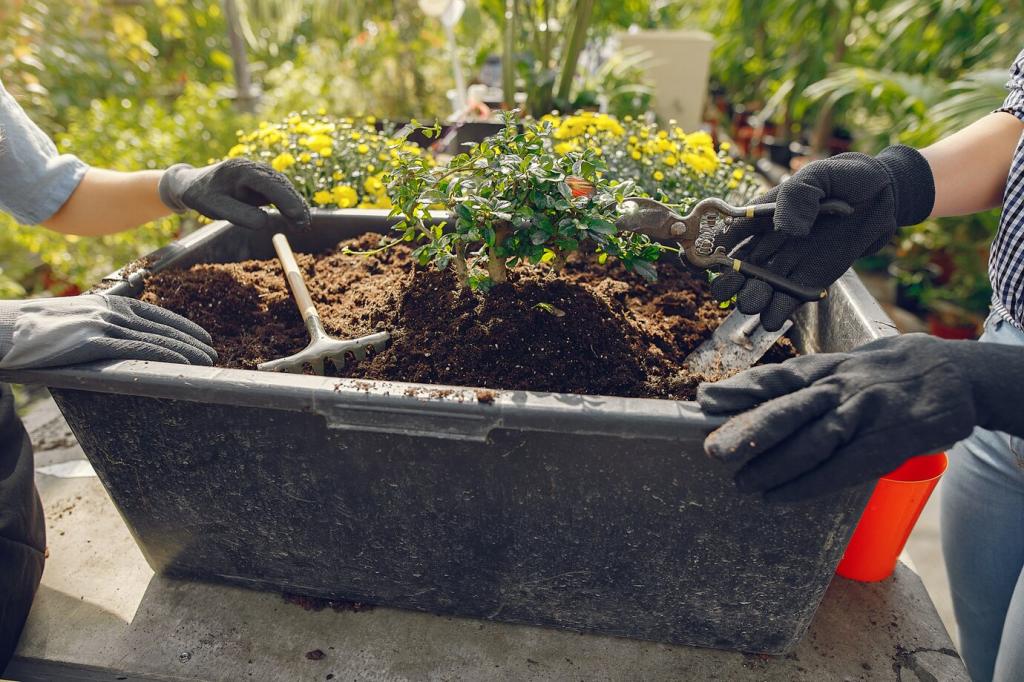Wildlife-Friendly Autumn Habits
Leave some seed heads and a few hollow stems at varying heights to support overwintering bees and birds. A little wildness in autumn translates to healthier pest control in spring. What stems will you keep standing this year, and which corners will you leave comfortably untidy?
Wildlife-Friendly Autumn Habits
A shallow dish with pebbles, refreshed often, becomes a winter lifesaver. Brush piles shelter small creatures, while evergreen screens block wind. Gentle autumn gestures cultivate spring allies. Share your simple habitat tweaks, and subscribe for monthly, wildlife-friendly checklists tailored to next season’s garden.



